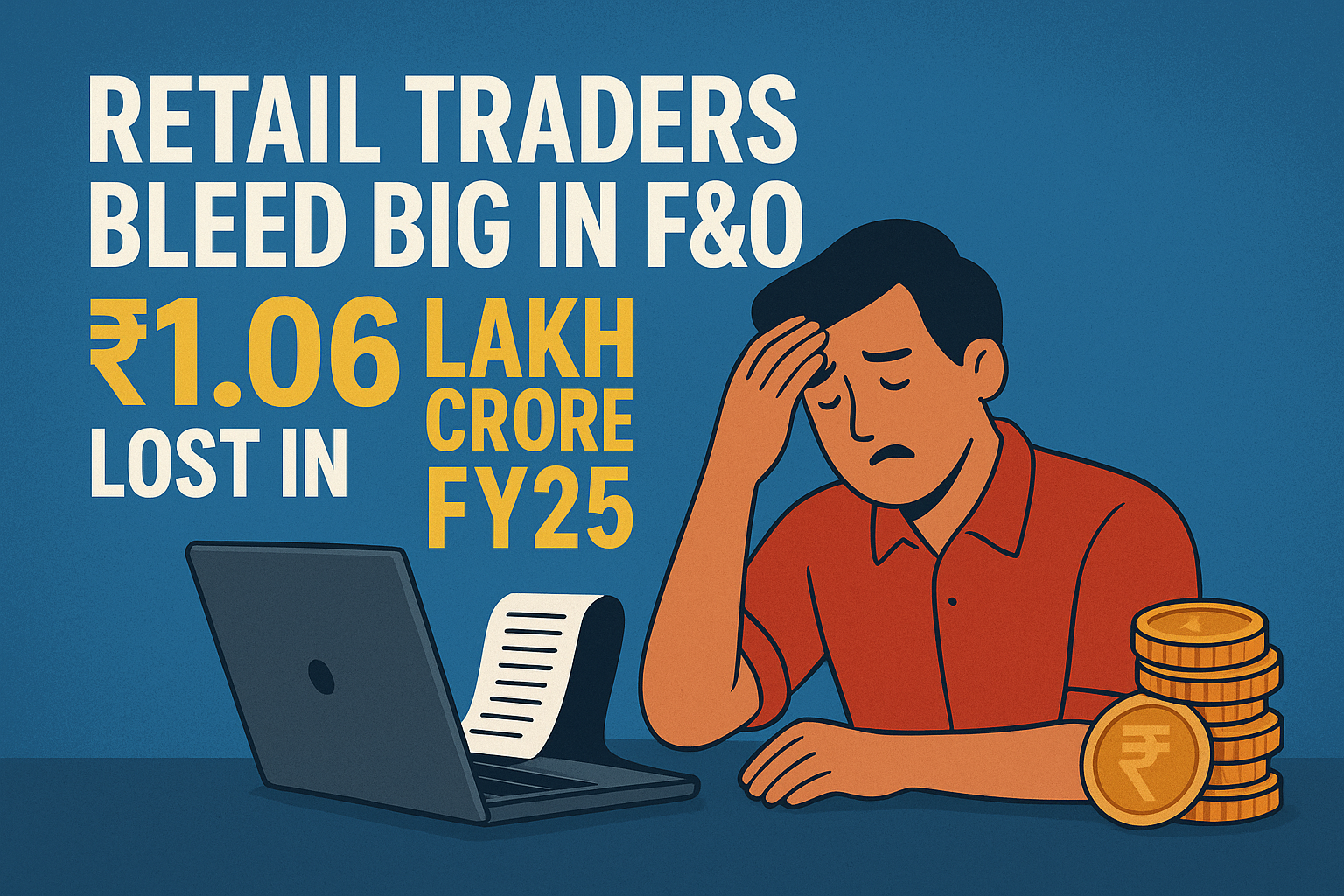
Let’s talk about something that might not always be on your radar when trading—India’s job data. I know, you’re probably thinking, “How does unemployment affect my stock trades?” Well, more than you’d think! Just like how the foundation of a house keeps it stable, the job market is the foundation of an economy. When cracks start to show in employment, the entire economy, including the stock market, can feel the tremors.
The Numbers Don’t Lie
In July 2024, India’s unemployment rate rose to about 7.9%, up from the previous month. You might be asking, “Why does this matter to me as a trader?” Well, this rise is mainly due to slowdowns in manufacturing and construction, which means fewer jobs in these sectors. This can lead to lower income for workers and less consumer spending. And when people aren’t spending as much, companies, especially those in retail or consumer goods, can see their sales drop. This, in turn, impacts their stock prices.
On the flip side, sectors like IT, fintech, and digital services are booming. They’re hiring more people and boosting urban employment. Stocks in these sectors are performing well because companies are growing. But in rural areas, the job market is struggling, which could be a warning sign for sectors like agriculture and related businesses.
Government Trying to Help
The Indian government isn’t sitting back and watching this happen. They’ve rolled out programs like the Production Linked Incentive (PLI) scheme to encourage more manufacturing and exports. Over time, this is expected to create a lot of jobs, which could help boost sectors that have been lagging. This is good news for long-term investors who are looking for growth opportunities in sectors like manufacturing.
But here’s the catch—while these government schemes may help down the road, the impact isn’t immediate. It takes time for new jobs to be created and for the economy to feel the effects. As a trader, you’ll need to be patient and keep an eye on how these initiatives unfold over the next few years.
The Youth Factor
India has a young population, and every year, millions of young people enter the workforce. The government is focusing on skill development programs to help these youths get jobs. However, not all of them are finding work right away, which is a concern. If these young workers aren’t able to find jobs, it can lead to higher unemployment, which again affects consumer spending and the economy.
For you, as a trader, this means keeping an eye on sectors that are hiring young workers and creating jobs. IT, fintech, and digital services are leading the charge, while traditional sectors like manufacturing and real estate are falling behind.
Stock Market Reactions
Now, let’s get into how all this job data is influencing the stock market. When unemployment is high, it usually makes investors nervous. Why? Because fewer jobs mean less income, which leads to less spending. This directly affects stocks in sectors like retail, fast-moving consumer goods (FMCG), and even real estate. Companies in these sectors might see lower profits, which can cause their stock prices to drop.
But here’s the silver lining: sectors with positive employment trends, like IT and fintech, are seeing stock gains. These companies are expanding, hiring more workers, and boosting the economy in their own way. So, if you’re trading, keep an eye on these sectors for potential opportunities.
What About the Reserve Bank?
Another thing to consider is how the Reserve Bank of India (RBI) reacts to job data. When unemployment goes up, the RBI might cut interest rates to stimulate the economy. Lower interest rates can encourage borrowing and investing, which could give the stock market a boost. But if the RBI thinks the economy is still strong despite higher unemployment, they might keep rates the same, which could make the market a bit more volatile.
Long-Term Outlook
In the long run, the key question is whether the Indian economy can absorb its growing workforce. If sectors like IT, fintech, and manufacturing continue to grow, the stock market could see positive gains. However, if unemployment remains high, especially in critical sectors like manufacturing, it could drag the market down.
As a trader, you should keep a close watch on these employment trends. They’re like the early warning signs that tell you where the market might be headed next. And remember, the stock market is like a mirror—it reflects the overall health of the economy, and right now, the job market is a big part of that reflection.
What Should You Do?
So, what’s the takeaway? Job data may not seem like the most exciting thing to follow, but it’s crucial for understanding market movements. Sectors with strong hiring trends, like IT and fintech, are worth your attention, while sectors facing job cuts, like manufacturing, might be riskier bets for now.
Keep an eye on government initiatives and the RBI’s moves because they’ll play a big role in how the market reacts in the coming months. And most importantly, stay informed. The more you understand the relationship between job data and the stock market, the better you’ll be at making smart trades.
Don’t ignore the signs. Stay ahead of the game by paying attention to the data that matters.
Disclaimer: The information presented in this article is for informational purposes only and should not be considered financial advice. Investors are encouraged to perform their own analysis and seek professional guidance before making investment decisions.
Q7 Trading Solutions pioneers in algorithmic trading with tailored strategies for Stock options and Index options. Harnessing the power of AI and Big Data, we deliver precision in technical analysis using statistics & mathematical modeling, providing a reliable path to optimize trading outcomes. You can learn more about its prowess by joining our 28k+ strong community absolutely for FREE.




